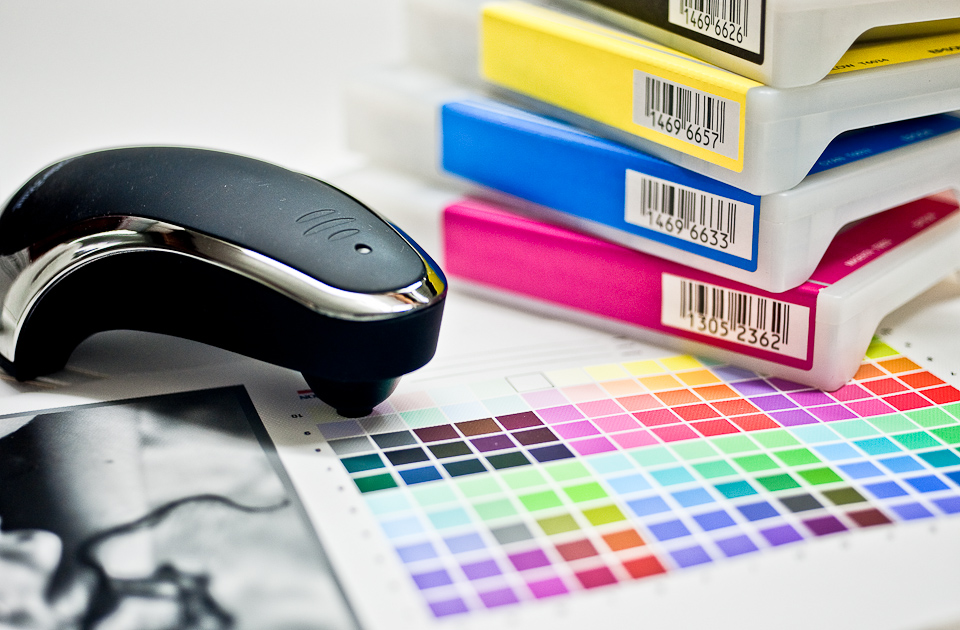Digital Imaging
The variety of demand for digital imaging is wide, whether you are preparing an important exhibit, working for a demanding client or simply archiving your art pieces; Be sure that at LePix we have at our disposal the resources and savvy to help you out.
We are directly involved in the continuous training of our staff in areas regarding the Digital Imaging and Fine Art Printing Industry, as well as we are committed in adopting the right technology so we can serve our clients better. Feel free to contact us, we would love to know better your needs and help you realize your artistic or commercial vision.
Our work philosophy derives from the commitment to provide our clients with a diverse selection of equipment and technology to optimize their Giclée and Fine Art Photographic reproductions, while assuring optimal quality in the process.
Our digital imaging services include, but they are not limited to:
- High Resolution Digital Capture of artwork pieces
- Professional Scanning
- Color Corrections
- Digital Retouching and Restoring
Digital Captures:
The first step in order to make a giclée reproduction is to perform a capture of your artwork, and there are different ways to do this:
* film
* positive slide
* scan
* digital capture
The way in which your artwork is captured will impact the quality of the final print. Nowadays high resolution digital files are ideal for giclée reproductions since they save additional steps in the process of digitizing, and in most cases, render better results. Digital files are available in different output types. At LePix we provide you with the following types of files:
Color Correction:
Is the process of preparing, correcting and fine tuning your digital file for optimal output to a selected paper, media or canvas. This step is crucial in order to create a giclée reproduction as close as possible to the original.
- Our technician will correct the color and feel of the digital capture to the media that you chose for printing.
- Once corrected, we set up an appointment with you to approve a proof.
- Depending on your approval we either print another test strip or proceed to print
You need to be aware of the limitations of the media you choose and files while matching your artwork to the original. Color Correction services are charged on a -per hour- basis and vary depending on the complexity of the artwork (glossy, foil or mirror surfaces demand a more intensive and meticulous job)
Since we do not file orders, A cd/dvd will be provided to you to archive the master file for future orders.
Scanning:
Pro-scanning services are offered to our clients, seeking to achieve the best quality possible while reducing the costs compared to other scanning systems. Some of the possible uses of our scans include:
- Archival Purposes
- Image interpolation (image size variations)
- Digitization for multiple purposes (email, archival, print, color correction)
Scanning Size (input):
Our scanner is able to scan over a maximum read area of 16×22″ for reflective media and the following type of films.
* 35mm slides
* 35mm film
* 120/220 – Medium format film
* 4×5″ film
* 8×10″ film
Digital Restoration and Retouching:
See our Page on Digital Restoration and Retouching


